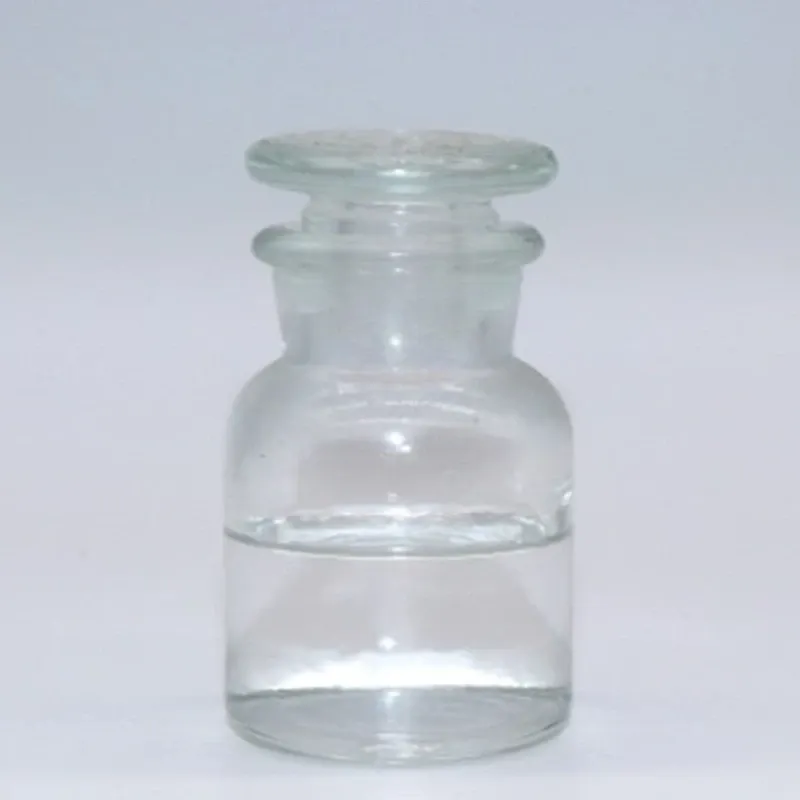


Safety Guidelines for Handling Hexafluoro-2-Propanol
Hexafluoro-2-propanol (HFIP) is a highly specialized chemical widely used in pharmaceuticals, polymer research, and organic synthesis. Known for its unique properties, 1,1,1,3,3,3-hexafluoro-2-propanol HFIP serves as a solvent and reagent in various applications. However, due to its potent nature, proper handling and safety precautions are essential. Understanding the best practices for working with hexafluoro-propanol ensures safe usage while maintaining efficiency in industrial and laboratory settings.

Understanding the Properties of Hexafluoro-2-Propanol
Hexafluoro-2-propanol is a colorless liquid with a strong hydrogen-bonding capability, making it a powerful solvent in chemical reactions. It has a low boiling point and high volatility, meaning it evaporates quickly when exposed to air. These characteristics make hexafluoro isopropanol valuable in applications such as peptide synthesis, polymer dissolution, and medicinal chemistry.
Despite its effectiveness, hexafluoro-propanol is also highly corrosive and can cause irritation to the skin, eyes, and respiratory system upon exposure. Its ability to absorb moisture from the air can lead to unintended reactions if not stored properly. Given these factors, it is critical to adhere to strict safety guidelines when handling this chemical.
Safe Storage and Handling of Hexafluoro-Propanol
To ensure the safe use of hexafluoro-2-propanol, proper storage conditions must be maintained. This chemical should be kept in tightly sealed containers made of compatible materials, such as fluorinated plastics or glass, to prevent leaks and contamination. Storage areas should be well-ventilated, away from direct sunlight and heat sources, as 1,1,1,3,3,3-hexafluoro-2-propanol HFIP is highly volatile and flammable.
When handling hexafluoro-propanol, personal protective equipment (PPE) is essential. This includes gloves resistant to chemical exposure, safety goggles, and protective clothing to prevent skin contact. In laboratory settings, fume hoods should always be used to minimize inhalation risks. Proper training on handling hexafluoro isopropanol can further enhance workplace safety and prevent accidents.
Health Risks Associated with Hexafluoro Isopropanol Exposure
Exposure to hexafluoro isopropanol can cause a range of health issues, depending on the level and duration of contact. Inhalation of vapors may lead to dizziness, respiratory irritation, and in severe cases, central nervous system depression. Direct contact with skin or eyes can cause burns or severe irritation, requiring immediate rinsing with water. Prolonged exposure to 1,1,1,3,3,3-hexafluoro-2-propanol HFIP without proper protection can lead to more serious health effects.
To minimize health risks, it is important to follow occupational safety guidelines, use emergency showers and eyewash stations when necessary, and ensure that all personnel handling hexafluoro-2-propanol are trained in first aid response. In case of accidental exposure, affected individuals should seek medical attention immediately.
Proper Disposal Methods for Hexafluoro-2-Propanol Waste
Disposing of hexafluoro-2-propanol requires careful attention to environmental regulations. Due to its chemical properties, it should never be poured down drains or disposed of with regular waste. Instead, waste containing hexafluoro isopropanol should be collected in designated containers and handled by certified hazardous waste disposal services.
Neutralization procedures may be required before disposal, depending on the concentration of 1,1,1,3,3,3-hexafluoro-2-propanol HFIP in the waste. Laboratories and industries using this chemical should have clear protocols for waste management to ensure environmental safety and regulatory compliance.
For high-quality hexafluoro-2-propanol available for industrial and research applications, visit our website to explore safe and reliable options.
Hexafluoro-2-Propanol Safety FAQs
What precautions should I take when handling hexafluoro-2-propanol?
Always wear protective gloves, safety goggles, and lab coats when handling hexafluoro-2-propanol. Work in a well-ventilated area or fume hood to prevent inhalation risks.
Is hexafluoro-propanol harmful to the skin?
Yes, hexafluoro-propanol can cause skin irritation or burns. In case of contact, wash the affected area with plenty of water and seek medical attention if irritation persists.
Can hexafluoro isopropanol be stored in plastic containers?
Hexafluoro isopropanol should be stored in chemically resistant containers, such as fluorinated plastics or glass, to prevent degradation and leaks.
How do I dispose of hexafluoro-2-propanol safely?
Do not pour hexafluoro-2-propanol down the drain. Collect waste in designated hazardous waste containers and follow local disposal regulations.
Where can I buy high-quality hexafluoro-2-propanol?
For premium-grade hexafluoro-2-propanol suitable for industrial and research use, visit our website to explore reliable options.
-
Uncover the Benefits of Sodium ChlorateNewsJun.24,2025
-
Sodium for Sale: Your Essential ResourceNewsJun.24,2025
-
Raw Materials in Chemical IndustryNewsJun.24,2025
-
Potassium Hydroxide: Versatile Solutions for Your NeedsNewsJun.24,2025
-
Organic Pesticides and Chemical Raw Materials: Building a Sustainable FutureNewsJun.24,2025
-
Discover Premium Chlorine Tablets TodayNewsJun.24,2025
-
Zinc for Sale: Your Essential ResourceNewsJun.04,2025


















